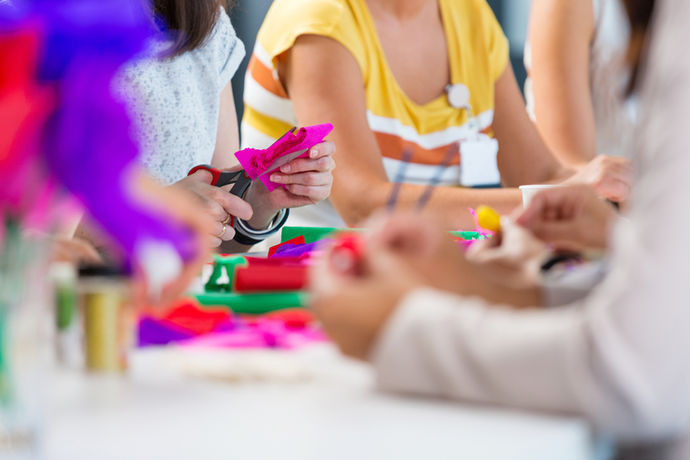Cranbrook Primary School
Equity for all
The Drive, Ilford, Essex, IG1 3PS
Phone: 0208 518 2562
Design and Technology
At Cranbrook, we believe Design and Technology will equip pupils with knowledge and critical thinking skills in preparation for lifelong learning. Children will draw on the discipline of STEM subjects to reflect and evaluate existing work, and then be inspired to invent and design products that solve problems in a range of contexts.
Pupils will learn how to take risks and become resourceful, innovative, capable citizens ready for the wider world. By encouraging pupils to evaluate work and designs from notable designers, including those from diverse backgrounds, we aim to foster children’s cultural capital and a lifelong passion for innovation and enterprise, particularly in relation to projects linked to the local environment.
Our Design and Technology curriculum design is based on the following principles:
Long-term memory
Learning is most effective with spaced repetition. Retrieval of previously learned content is frequent and regular, which increases both storage and retrieval strength. A spiral DT curriculum supports our pupils with their long-term memory.
To encourage retrieval, threshold concepts and knowledge categories are highlighted at the beginning of a new unit of work and each lesson, to assess knowledge of prior learning and to set up the application of knowledge and skills to new contexts.
Other strategies to encourage memory retention include:
-
Memory tasks at the beginning of each lesson
-
Teaching art through skills that are repeated in each Milestone – to aid Mastery and depth
-
Referencing the four main ‘Big Ideas’ (Threshold Concepts) in lessons;
Master Practical Techniques, Take Inspiration from design, Design, make, Evaluate and Improve
-
Understanding the knowledge categories for each lesson that underpins the skills; Design Inspirations, Technical knowledge, Practical knowledge and the Design Process and Vocabulary
-
Remember previously learnt skills, have the knowledge to select and use materials, processes and techniques skilfully applying them to their work, making connections to prior learning.
-
Be reflective learners who analyse and critically evaluate their own work and that of others using annotations and assessment tools, peer and self-assessment.
-
Display and have a passion for the art and design curriculum and participate in challenges, competitions, and opportunities to participate in galleries or exhibitions presented by the school
Useful Links
Art Home Links
-
Activity Village KS2
-
What can you tell me about DT in one minute?
" I like cooking in DT especially healthy eating and cooking like Granola bars in year 3. We made finger food vegetable wraps in year 2 and a fruit salad in year 1.”
“I want to be a chef when I grow up so I need to know about sustainable food and healthy eating plate.”
“It’s interesting to find out about designers and engineers and take inspiration from them e.g for shell structures we studied Zahah Hadid and her fantastic engineering with the Aquatic centre. We met a real life architect who is designing the new Google building in King’s Cross.”
“I like the mechanism topic and making books with levers and sliders. We made a pop up book with a Stone Age theme and I designed a moving bear.”
“In DT, the best part is making things with tool like hacksaws.”
“I like DT because I want to be an engineer when I grow up. This subject teaches me to be resilient and I just want to keep making my design better.”
“DT is great because you can have an exciting career in the future like a product designer, engineer, technician, architect, or even a job with CAD and I like designing using apps.”



